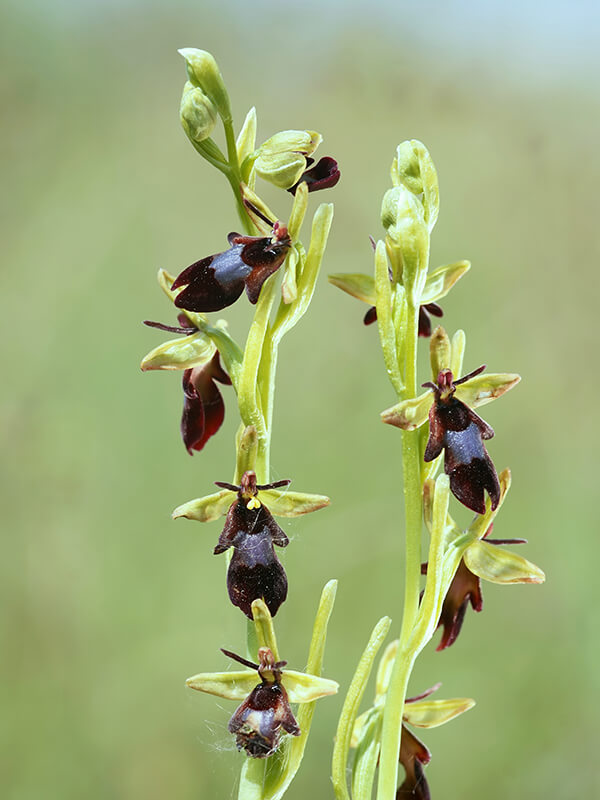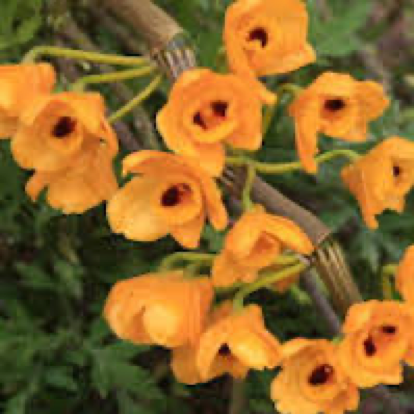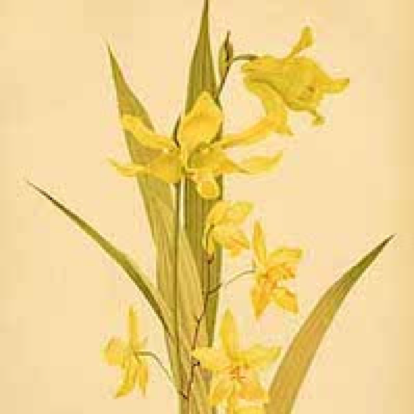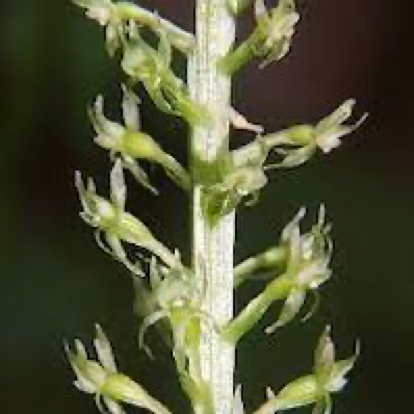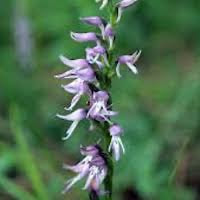WFL2- Women's Floral 2 - I am daisy about you
|
Native Singaporean Orchid notes: Dendrobium Crumenatum
Dendrobium Crumenatum, known as the pigeon orchid, is prominently featured in the Floral 2 (Women) perfume workshop for team-building. Despite its brief one-day bloom, its fragrant flowers thrive in diverse habitats from coastal areas to urban settings in Singapore. Extracting its oil requires precise timing after temperature drops, mimicking its natural cycle. In traditional medicine, its juice treats ear pain and neurological ailments, underscoring its cultural and medicinal significance historically and today.
|
Therapeutic Orchid notes:
|
Cleisostoma williamsonii (Reichb. f.) Garay Syn. Cleisostoma hongkongense (Rolfe) Garay
Cleisostoma williamsonii, also known as Dianmiangeju Lan or the Yunnan-Myanmar separate distance orchid, is valued in Chinese traditional medicine for its medicinal properties. Found in regions like Guangdong, Guangxi, and Yunnan, it is harvested year-round and sometimes dried for future use. The herb is used to improve blood circulation, relax muscles, clear phlegm, and alleviate conditions such as coughs, tuberculosis, stroke, and childhood indigestion. Historical records highlight its use during health crises, reflecting its importance in traditional remedies. |
|
Dendrobium chrysanthum Lindl. Syn Dendrobium paxtonii Lindl.
Dendrobium chrysanthum, also known as Banchunshihu or the spotted lip noble Dendrobium, thrives in slightly cool environments and blooms well in Singapore. In Traditional Chinese Medicine (TCM), it is esteemed for its stomach-strengthening properties, yin reinforcement, fever reduction, and relief from thirst and appetite loss. This orchid variety, part of the shihu group in TCM, attracts pharmaceutical interest for its potential health benefits, reflecting its cultural significance and diverse names across different traditions. |
|
Ipsea speciosa Lindl.
Ipsea speciosa, known as the Daffodil orchid, holds cultural significance and traditional uses. In Sinhalese, it's called Kiri Walla Kada and Naga-maru Ala, which translates to "the tuber that caused a sister's death." Its tubers are sought after for charms and love potions by sorcerers, and used as an aphrodisiac by village healers. Overcollection has endangered the species, highlighting the need for sustainable harvesting to preserve both its cultural value and ecological role. |
|
Malaxis muscifera (Lindl.) Kuntze.
Malaxis muscifera, known as Jeevak in Ayurveda, is a unique orchid thriving in the western Himalayas, emerging after snowmelt in April. It starts from seeds or dormant buds and blooms after several vegetative years. Ayurveda recognizes it as Jeevak, part of the vitalizing Ashtavarga herbs, valued for its sweet taste and cooling effect. Used widely, it treats debility, fever, and more, reflecting its diverse medicinal roles across cultures. |
|
Neottianthe cucullata (L.) Schltr.
Neottianthe cucullata, also called Eryedoubei Lan or Doubei Lan in Chinese, is a small terrestrial orchid found in forests and grasslands across China, Nepal, and Eurasian steppes. In Traditional Chinese Medicine (TCM), it's known as Baibuhuanyangdan and valued for its cardiac stimulant properties, improving blood flow and aiding in healing fractures and bruises. In Nepal, its rhizome is used to prepare a tonic for overall health and vitality. |
|
Spiranthes sinensis (Pers.) Ames Syn. Spiranthes sinensis (Pers.) Ames var.
Spiranthes sinensis, also known by multiple names such as Shoucao, Qinglongchanzhu, Jinlongpanshu, Panlongshen, Longbaozhu in Chinese, Chheng-thian-lion-thiau in Taiwanese, Nejibana in Japanese, Ta-rae-nan-cho in Korean, Aolangheibu in Mongolian, Ban long sam in Vietnamese, and Angkrek hindesan, Djukut hindesan in Indonesian, is a resilient terrestrial orchid. It thrives in diverse environments from lowland fields to forests and roadside drains in Brisbane, adapting well to various soil types. After flowering, it undergoes several months of growth before dying back to the bulb, typically living 7 to 8 years. In Traditional Chinese Medicine (TCM), it is used to strengthen kidneys and treat conditions like kidney inflammation and spitting of blood, while in Taiwan, it's employed for ailments such as haemoptysis and chronic dysentery. |
Other scent note
Neroli, apricot blossom, cherry blossom, Dandelion, Gerbera, Freesia, Anemone, Apricot blossoms, Hyacinth
Scentopia Library Reference ingredient
Sunflower - Check details at Scentopia's scent library
Download the guided mediation that works best with this Orchid fragrance oil
| women_floral_essential_oil_orchi_00002.mp3 | |
| File Size: | 111545 kb |
| File Type: | mp3 |

